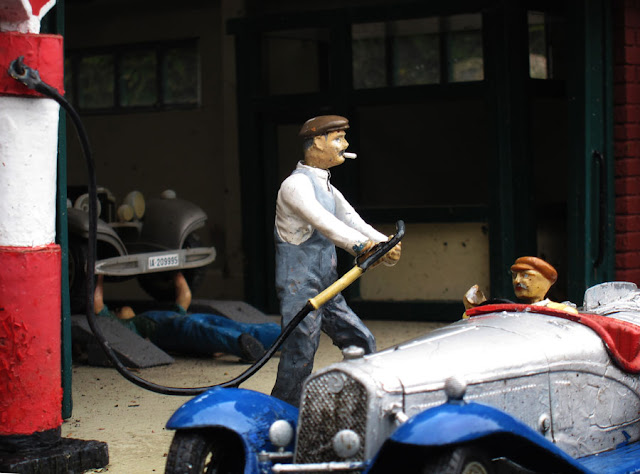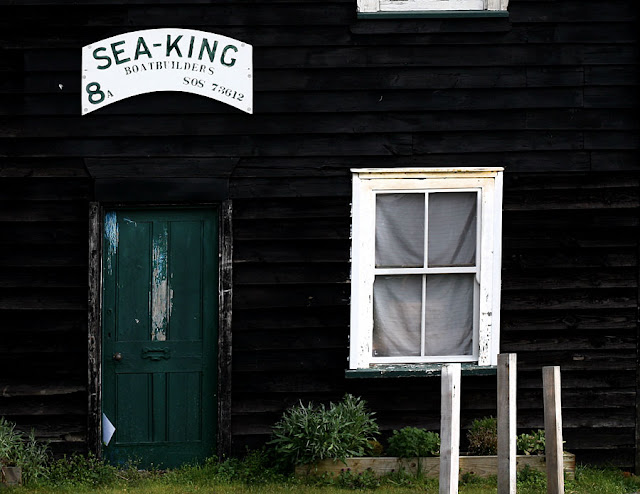 |
| Boots ale Camera, Fujica GER - Tim Irving |
I think they originated in the US, but car boot sales are now a British phenomenon. They've become a national pastime every Sunday during the summer. It seems that every event I visited last summer including car shows, summer fetes and flower festivals, incorporate a car boot sale, whichwere more popular the main event. A quick search on Google revealed there is even a daytime TV programme "Boot Sale Challenge".
I'm a bit of a sucker for boot sale bargains myself, last summer I bought three notable items. A very nice Sinclair Spectrum computer from the 1970's for £4. A set of tomtom drums for £1, and the Fujica camera you see above for only £2.50. What bargains!
The computer and tomtom ended up in the attic with the rest of my junk, but the camera has been put to use. Not much use mind you, just one roll of film, that has taken me six months to use. You see this camera turned out to be a bum steer, a lemon that has several faults. The problems include a non working meter, faulty wind-on lever and a shutter that fires only if the month has an "R" in it. On the plus side, it has a good lens, the rangefinder is working and it is light tight. I'd call this camera challenging.
So I took up the camera boot sale challenge, the camera has been with me on almost every assignment since last September. I have taken a photograph with the camera whenever I've remembered. I was hoping that the photos would be naive and quirky, but they've turned out to be very normal. I'm pleased to report that the images are all perfectly acceptable. This says a lot for modern film which is more impressive than the camera.
The images were processed and returned to me on a CD. I have cropped and made adjustments to contrast and colour in PhotoShop, that's my normal working practice.
 |
|
| Photograph from the bootsale camera. Kodak Ektar 100 film. Photograph by Tim Irving |
|
The Fujica has now joined the old computer, tomtoms and a lot of other junk in the attic, it has done its job. I hope I never have to use it again, but if I did I'd be confident knowing that it can produce photographs as good as any other camera, no matter how expensive.


















